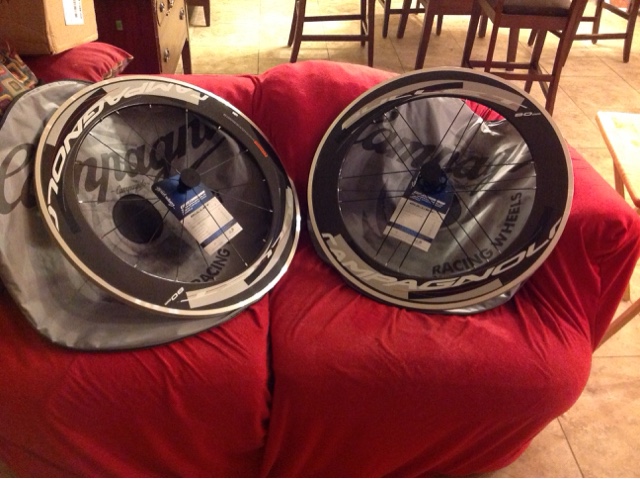Climbing the Path to Hillwork
Hillwork. Does the sound of it make you cringe? It is something that many runners neglect, either unintentionally or deliberately. Excuses range from I don't have hills to why do I need to do it? In the same vein as strength training, hillwork is one of those foreign concepts to runners. People make faces. People run away. It is whatever you can muster up to get away from hillwork.
But first, I must present a disclaimer. I never liked or did hillwork. I was one of those people who discounted hills. Most of my races were on flat courses so why in the world would I train for hills? Hills are hard. Hills are scary. As I am maturing in the endurance world, I've learned that this is flat out wrong. Hills have a place. It is important in cycling also but I will focus on running in this post. I am not talking about running up Alpe D'Huez or ascending Pike's Peak. Simple elevation changes will make a difference in your fitness.
Many coaches and bloggers have said that hillwork is speed work in disguise. Look at any training plan that includes hillwork and you will see a very similar breakdown to speed play workouts. Many workouts have a set interval for a high intensity run (uphill of course) followed by a longer period of low intensity recovery. A good example of this is the workout I performed this morning. This hill session featured a warm up, a little bit in Zone 2 and then 30 second Zone 5 hills / 90 second Zone 1 recovery, repeated X times. It is virtually identical to a track workout I have on my schedule later in the plan except that the track is flat. From a cardiovascular and endurance perspective, this is doing the exact same thing as speed work. It is stretching the cardio rubber band with polarization of the workout from high to low intensity. It is your interval training.
What I have come to realize in the past year is that hillwork is also strength training in disguise. Because your body uses a slightly different muscle group to ascend hills, hillwork builds strength. To maintain intensity uphill, your body has to lift itself up. Otherwise you will trip upward. It isn't quite the same strength benefit as a stair workout but it is sort of a middle way between flat track workouts and stair climbs. You get the benefit of a little speed and also a little benefit of strength training for your legs (and a little of the core). This can be especially helpful for endurance athletes like me who tend to forget strength training and weights. Hillwork cannot replace regular strength circuits, but it can help runners in both speed and strength.
Typically, hillwork is done early in the training cycle after a base phase. Most plans incorporate hills in the build phase. Jeff Galloway places it as the middle of his training pyramid: base endurance, hills, speed. Hills are a good way to build that strength to prepare for peak phase or speed work. I caution runners not to do hillwork to close to a race as, just like strength training, intense muscle building workouts can cause soreness and muscle fatigue. That is why many plans transition from hills to track work around midway toward the goal race. By that time you have built up strength and it is time to hit the speed work.
But what if you don't have hills? Believe me, I get this. I live in Florida. My house sits at 10 feet above sea level. The highest point in the state is 380 feet above sea level. That means that all of the skyscrapers in Tampa or other cities that are 400, 500, or 600 feet are all higher than the highest point in the state. We have some small elevations in the central and northern parts of the state but nothing to be called a real hill. In order to get a real hill or mountain, we must drive 8 hours just to the north of Atlanta into the Appalachians. I could fly most places quicker than that to run hills.
So there are a few alternative options. Every single place has bridges or pedestrian overpasses. Somewhere in your area there should be some sort of overpass. In Florida, we have a lot of bridges over water that have to be high enough for sailboats to clear. And voila, you have a hill. By law, bridges can't be over 6% grade but many are between 5-6% and some can be a quarter mile or more in length. These are perfect for hill repeats. If you can't find a hill, the trusty old treadmill can also incline to help you. One of the most intense workouts I have ever done was a hill treadmill workout that pro triathlete and three time Ironman World Champion Mirinda Carfrae posted at one point on Twitter. An hour in length, it goes from 1-10% grades using the treadmill. And believe me the treadmill is not forgiving.
If you haven't tried it, give hillwork a shot. There are several running books that have incorporated hills into their plans. A quick Google search can turn up a laundry list of workouts. Consider in your next training cycle adding some hills where appropriate. It isn't as steep of a climb as you think.


Comments
Post a Comment